What is the smallest time frame you actively apply NEoWave theory to and how much time do you spend on a particular market to make your analysis and trading decisions?
ANSWER:
This question was sent in by Till Jenisch of Pforzheim, Germany. If I had been asked this question 20 years ago, I would have said I spent 12 to 18 hours-a-day studying, sometimes just one chart (i.e., a daily, weekly or monthly time frame) trying to figure out what the market would do next and how to take advantage of it. Back then, I generally pieced together counts by starting with the smallest time frame, then working my way up. But, as my understanding of markets improved over the next 20 years, and as I began to realize forecasting and trading were completely different endeavors, a dramatic shift in the way I approached markets, and the way I spent my time, occurred.
Addressing the first part of Till’s question, the daily high and low (in order) is generally the smallest time frame I plot. This I do for two reasons; until the last decade, detailed intra-day cash data was difficult to obtain (frequently still is), so getting the high and low for the day, in the order they occurred, was about the best I could do. Secondly, below the daily time frame, sequencing the highs and lows in order becomes very difficult and tedious – in many cases, impossible. For example, a week is about 1/5 of a month and a day is 1/5 of a week. When a market is traded 24-hours-a-day, 1/5 of a day is 288 minutes. To figure out whether the high or low came first in each 288 minute time frame can require tracking 9 or 18 minute bars, then determining whether the high or low came first during each 288 minute period. Next, you have to record it, type it into an Excel spreadsheet or plot it by hand. That process requires too much time and produces too few rewards, so is of little interest to me.
Next, as my experience grew, I learned wave counts should always be put together from the largest time frame down to the smallest, not the other way around. If the larger time frame is unclear, working with smaller time frames rarely yields good results. Ignore smaller time frames until the larger time frame’s structure is clear. As structure clears on a larger time frame, I begin to pay closer attention to development on the next smaller (1/5) time frame. As structure on that smaller time frame clears, I might move to even the next smaller (1/5) time frame, which could mean following intra-day charts. Since I do not like getting in and out of positions multiple times a day, it is rare I ever follow structure on any time frame lower than 1/5 of a day.
Later, when I realized wave structure is clear only about 25% of the time or less, and when it is, it does not take a lot of effort to decipher, I began to spend less time attempting to label complex market conditions. The more time you have to spend to make sense of a market’s wave structure, the less likely anything important is about to occur. Consequently, unless structure is near the end of a formation (i.e., in wave-5, wave-c of a Flat or Zigzag, wave-e of a Triangle, g of a Diametric or i of a Symmetrical), spending a great deal of time piecing together patterns is not very productive.
Regarding trading decisions, since wave structure is clear enough to trade on less than 25% of the time, over the last 7 years I have been developing an entirely new, unique (and some would say revolutionary) approach to trading that is completely devoid of forecasting – in other words, trading without forecasting. As a result of this new technology, I spend only about 5-10 minutes-a-day looking at any particular time frame (on any market) to decide whether I want to buy, sell, stay out or move stops. For all the markets and time frames I now follow, I spend only 1-2 hours-a-day to make all my trading decisions. The rest of the day I spend working on various, unrelated projects.

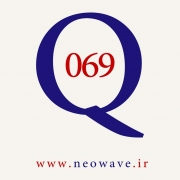
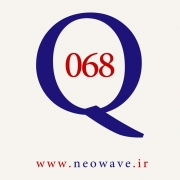
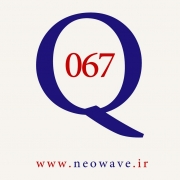
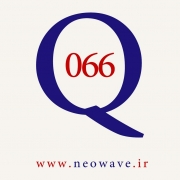
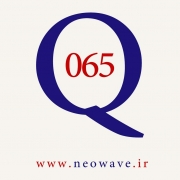
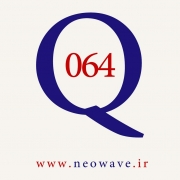
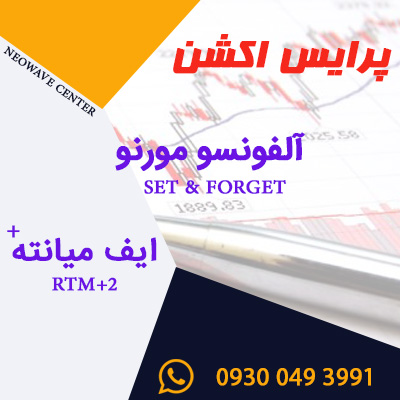
آخرین دیدگاهها